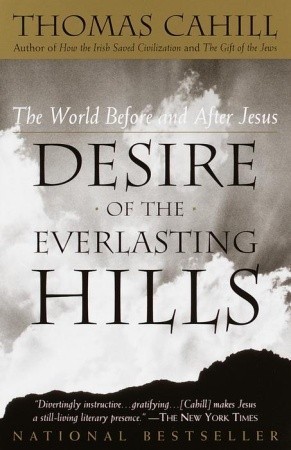
Millennium: The End of the World and the Forging of Christendom
Book Description
A world teetering on the brink of apocalypse redefines itself in an explosive clash of faith, power, and transformation. Tom Holland's 'Millennium: The End of the World and the Forging of Christendom' unravels the gripping tale of a millennium marked by chaos and renewal, where the fall of empires births new beliefs and unyielding hopes rise from the ashes. With sacred legacies battling against primal fears, alliances are forged in the crucible of strife, igniting a revolution that will shape the course of history. What powerful forces will emerge when ancient worlds collide and the future hangs in the balance?
Quick Book Summary
"Millennium: The End of the World and the Forging of Christendom" by Tom Holland masterfully narrates the transformative centuries surrounding the year 1000 CE, a time fraught with apocalyptic anxiety, warfare, and monumental religious change. Holland explores how fears of the world's end and the legacy of fallen empires spurred both chaos and creativity across Europe, forging new political structures and faith-driven communities. The book delves into the struggles between secular and sacred authorities, charting the volatile rise of Christendom as a unified cultural power. Alongside gripping tales of rulers, popes, and Vikings, Holland traces the birth of enduring European institutions and values that crystallized from the crucible of violence, reform, and hope. This sweeping history chronicles not only the turbulence of the era but also the seeds of renewal that would define the medieval world.
Summary of Key Ideas
Table of Contents
Apocalyptic Fears and Millenarian Movements
The first section explores the palpable sense of dread and anticipation that hung over Europe in the centuries before and after 1000 CE. Apocalyptic beliefs were rampant, with many expecting the Second Coming of Christ and the imminent end of the world. These fears influenced rulers and commoners alike, shaping decisions and cultural expressions—sometimes spurring violence, sometimes inspiring reform. Millenarian movements erupted, leading some to radical repentance, others to fanatical uprisings. This blend of anxiety and hope laid the groundwork for profound religious and social changes that would follow.
Rise of Religious and Political Power
Amid these tumultuous feelings, both secular and religious powers struggled for supremacy. Monarchs, warlords, and popes vied for influence over lands, souls, and destinies. Holland vividly narrates how the papacy, weakened and corrupted, gradually reasserted itself through bold reforms. Meanwhile, ambitious rulers—from Byzantine emperors to the heirs of Charlemagne—sought to realize imperial dreams. Viking invasions, Magyar raids, and feudal fragmentation plunged Europe into a maelstrom of conflict, forcing localities to organize and defend themselves in new ways.
Transformation through Conflict and Reform
From this chaos, transformative change emerged. The devastation wrought by invasions and dynastic strife broke old structures, but also cleared ground for renewal. Reforming monks, church councils, and charismatic leaders strove to purify Christian practice and administration, denouncing corruption and championing new ideals. The drive for reform forged closer links between faith and government, redefining law, morality, and order. The forging of alliances and the establishment of new power centers helped stabilize regions that had long known only turmoil.
The Birth of Christendom’s Institutions
These centuries saw the birth of new institutions that would define Christendom. The consolidation of the papacy, emergence of Gothic architecture, creation of monastic orders, and codification of canon law were all responses to the era’s unique challenges. The church became a transnational force, unifying disparate kingdoms through ritual, education, and doctrine. Simultaneously, secular leaders embraced religious legitimacy, promoting piety while building powerful bureaucracies. Holland illustrates how these institutions shaped the social, spiritual, and political landscape for centuries to come.
Legacy and Shaping of European Identity
The legacy of this millennium is one of paradox—destruction intertwined with renewal, fear counterbalanced by creativity. Holland emphasizes that the anxieties of end times gave rise to hopes and reforms that forged a distinctly European identity grounded in the ideals and institutions of Christendom. The interplay between spiritual vision and worldly ambition created a culture both resilient and dynamic. As medieval Europe emerged from the shadow of apocalypse, the seeds sown in chaos blossomed into the foundations of the modern West.
Download This Summary
Get a free PDF of this summary instantly — no email required.





